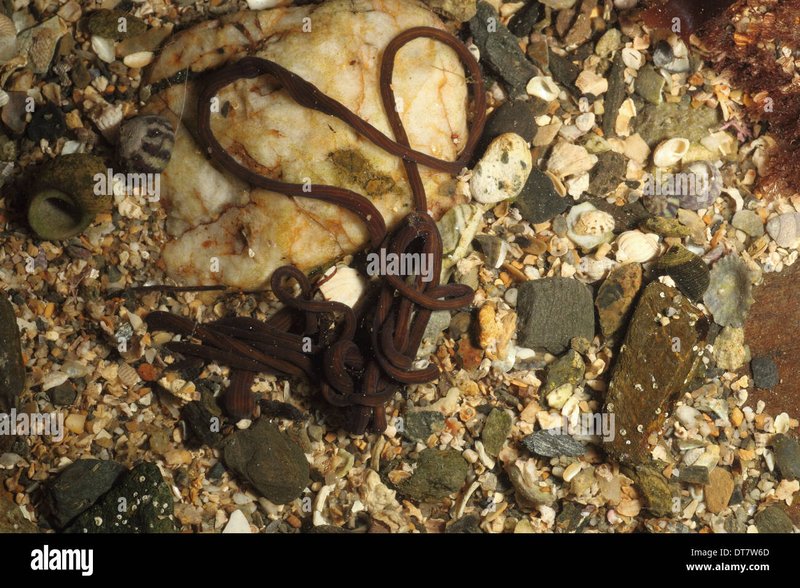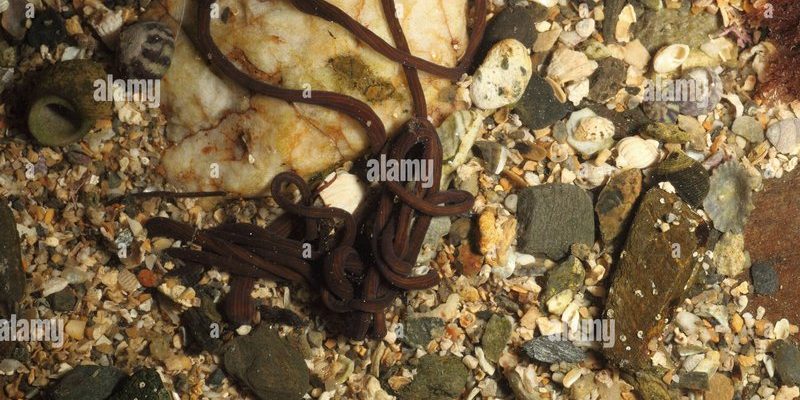
As a kid, did you ever have a pet lizard that you worried would dry up if you left it in the sun too long? Well, bootlace worms have similar concerns, but they’ve evolved unique strategies to tackle this problem. In this article, we’ll dig into the various ways these worms stay moist and lively, even when the tide drops. Trust me, understanding their methods is more interesting than it sounds!
Understanding the Bootlace Worm’s Habitat
Bootlace worms predominantly inhabit coastal regions, often lurking in the intertidal zones. This area is where the ocean meets the land and is characterized by fluctuating water levels. During high tide, bootlace worms swim through the water, but as the tide recedes, they find themselves stranded in a narrow band of sand and rock. The challenge is clear: they need to avoid drying out, or they’ll suffer from desiccation.
These worms thrive in a specific habitat that provides them with both food and moisture. Typically, they bury themselves in soft sediments or hide among rocks, but their habitat changes dramatically with the tides. Understanding where they live is crucial because it shapes how they respond to the environmental stresses of low tide.
The Role of Mucus in Retaining Moisture
You might be wondering, “How does a worm avoid drying out?” One of the worm’s best tricks is producing **mucus**. Yes, this slimy substance plays a vital role in their survival. Mucus covers their bodies and acts like a protective barrier against the air.
When the tide goes down, the surrounding moisture evaporates quickly. The mucus helps to trap water, creating a small, humid environment around the worm. Think of it like wrapping yourself in a wet blanket on a hot summer day. It’s uncomfortable, but it keeps you from drying out too fast! This clever adaptation is a crucial part of the bootlace worm’s strategy.
Behavioral Adaptations: Burying and Hiding
Aside from mucus, bootlace worms have some interesting behaviors that help them cope with low tide. They can burrow into the sand or hide under rocks. When they sense the tide dropping, they instinctively dig down. This instinct is vital, as being buried helps them stay damp.
By hiding away, they’re also less exposed to the heat of the sun and drying winds. Just like how you’d find shelter from the sun under a tree or an umbrella, these worms find their own ways to escape dehydration. This behavior is essential for their survival and helps them thrive in tough conditions.
Physiological Changes: Adapting to Dehydration
Bootlace worms aren’t just relying on slime and digging; they can also undergo physiological changes when faced with low tides. One key adaptation is their ability to tolerate low moisture levels. When the tide is out, their bodies can minimize water loss and even slow down their metabolism.
This process is similar to how some animals hibernate during winter months. By lowering their metabolic rate, they conserve energy and resources. So, the next time you’re stuck in a boring meeting and daydreaming, remember that even bootlace worms have their ways of slowing down and hanging in there until conditions improve.
Role of Environmental Conditions
The environment plays an enormous role in how bootlace worms manage to stay moist. Factors such as temperature, humidity, and wind can severely impact their ability to survive low tide. For instance, on hotter days, the chances of desiccation increase significantly.
During these challenging times, the worms rely more on their mucus. If they get too warm and dry out, they can suffer serious damage. Therefore, understanding the environmental conditions at their habitat helps paint a picture of how these amazing creatures thrive. They’re truly remarkable for coping with such changing environments.
In summary, bootlace worms are incredible survivors, thanks to their various adaptations. From producing mucus that traps moisture to using behavioral patterns to stay hidden, they provide a stunning example of nature’s resilience. These worms remind us of the clever ways life adapts to challenges, all while looking pretty cool doing it.
So next time you find yourself on the beach, take a moment to appreciate the bootlace worms and their unique strategies for thriving in one of nature’s toughest environments. Who knew survival on the shoreline could be so fascinating? Understanding these creatures sheds light on the complex interactions in our ecosystems while reminding us that even the smallest beings have remarkable stories to tell.

